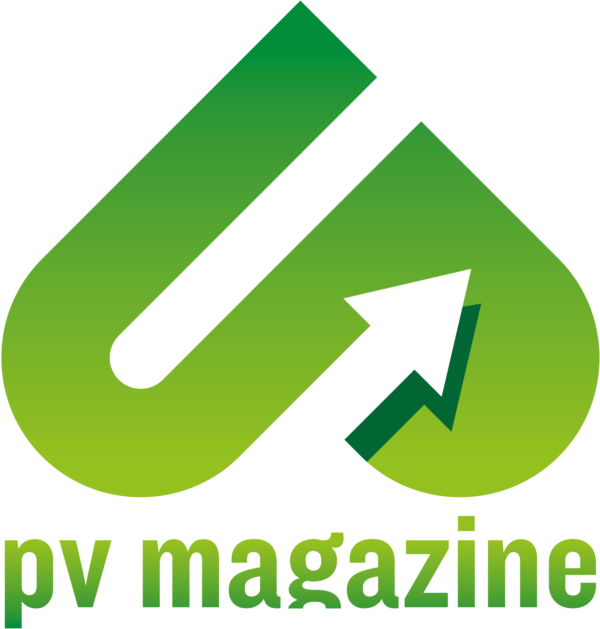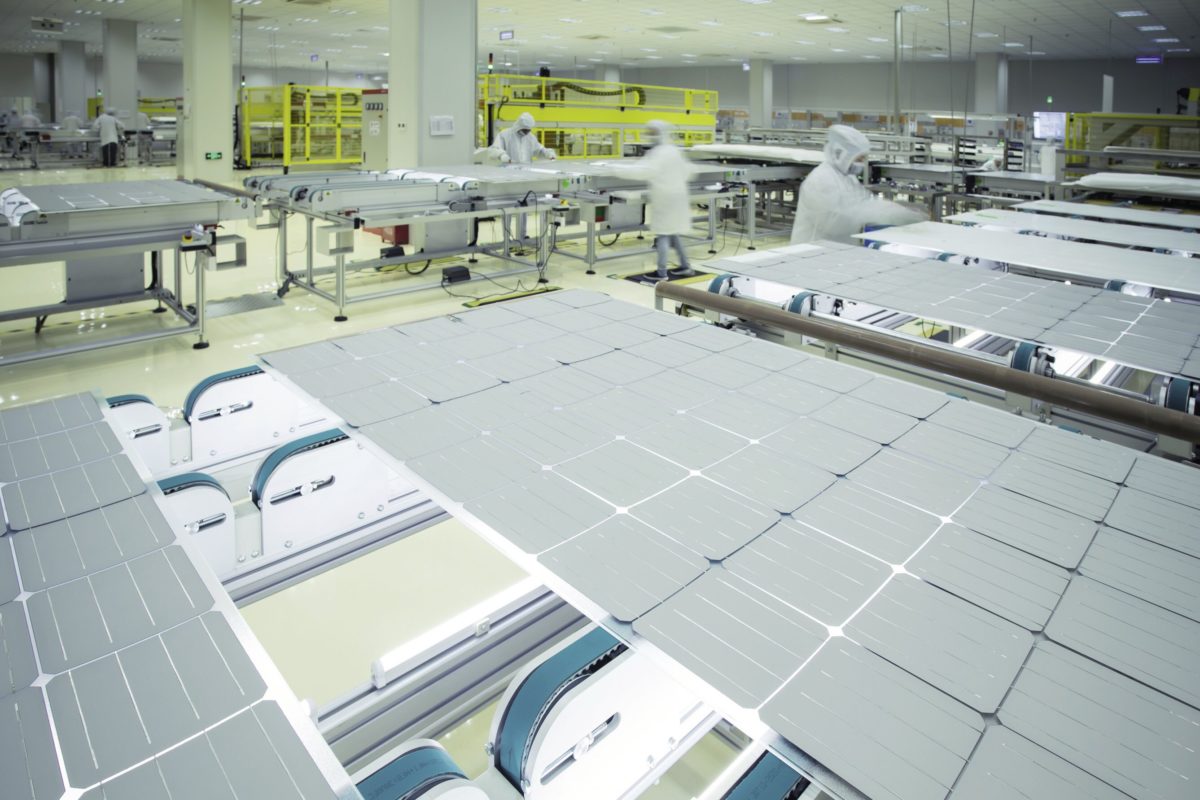 From pv magazine, October edition
From pv magazine, October edition
According to the International Lead Association, around 5 million tons of lead ores are mined per year, and the global market for the refined product is worth about $15 billion. Lead is found in various minerals within the earth’s crust, and has a wide range of industrial uses, though the bulk of demand for the material comes from the automobile industry where it used in lead-acid car batteries.
The toxicity of lead to humans and animals has long been known. According to the U.S. Environmental Protection Agency, lead is linked with a range of growth defects in children and developing fetuses, and with high blood pressure, kidney damage and reproductive problems in adults. And once it enters the environment, it is very slow to dissipate.
Today, the use of lead is severely restricted, and banned for certain applications where it can not practically be prevented from leaking into the environment, in jurisdictions including the United States, European Union and Japan.
Lead in PV
In spite of this, a typical 60-cell crystalline silicon solar module produced today contains up to 12 grams of lead. This lead is primarily found within the ribbon coating and soldering paste used to connect cells together.
“Right now, most PV manufacturers use a ribbon that contains lead,” says Dong Hu of Chinese module manufacturer Longi Solar’s technical service department. “Most of the ribbon is made of copper as the substrate, with 67% tin and 37% lead as the coating on it. When doing the soldering to connect cells, the coating layer melts and firmly contacts with the silver busbar.”
Lead is the ideal material for this process because of its melting point. The presence of lead allows for a lower process temperature during stringing, which reduces the stress placed on cells. Alternative ribbon materials, including a pure tin coating or replacing lead with bismuth, have been suggested, but all would require a higher process temperature.
“If you have lead inside the material, you can solder at a temperature of 210 degrees, and that is much less stressful than 260 degrees or higher that you would need to operate at otherwise,” says Michael Essich, senior account manager for German stringer supplier Teamtechnik. “Increasing the temperature is a possibility – this allows you to use a lead-free soldering process. But the risk is there that you increase the stress on the cell, and you have more microcracking and a higher breakage rate during production,” he says.
Environmental impact
In the European Union, the use of lead in all industries has been restricted since 2002. The current legislation – Directive 2011/65/EU on the restriction of the use of certain hazardous substances in electrical and electronic equipment – bans the use of lead for all applications, requiring an exemption where a substitution is not possible from a technical/scientific point of view.
This directive, however, includes a caveat that the law “should not prevent the development of renewable energy technologies that have no negative impact on health and the environment and that are sustainable and economically viable.” It includes a specific, permanent exemption for “photovoltaic panels intended to be used in a system that is designed, assembled and installed by professionals for permanent use at a defined location to produce energy from solar light for public, commercial, industrial and residential applications.”
Given the relatively small amounts of lead used by the PV industry, and the fact that the lead is enclosed entirely within the module materials, it is unlikely that PV products by themselves would be the cause of major lead pollution, even in a worst-case scenario with a large percentage of panels ending up in landfill. “Shingled panels, including SunPower Performance panels, utilize conventional solder paste,” notes Casey Riscoe, sustainability manager at U.S. module maker SunPower. “We tested these panels to confirm their levels of lead are extremely low, contained within a sealed environment, and the panels have demonstrated in USA TCLP testing that they do not leach into the surrounding environment.” Toxicity characteristic leaching procedure (TCLP) testing aims to simulate environmental leaching in landfill, and in the United States is a factor in determining hazardous waste requirements.
Lead alternatives
Given this situation, it’s no surprise that eliminating lead from production is not a high priority for most module manufacturers. “As long as this lead is allowed in the module under environmental standards, nobody sees a reason to abandon it,” says Essich. “The costs are lower for the leaded ribbon than any lead-free version. So with lead you have lower temperature and lower breakage, and lower costs in the first place as well.”
It is not that ribbon manufacturers have not tried to replace lead with coatings with silver and bismuth, as well as 100% tin ribbons. “Lead is cheaper than tin, silver and bismuth, so the costs would increase,” explains Wolfgang Pranger, head of R&D at Austrian Ribbon manufacturer Ulbrich. “Using pure tin will increase the soldering temperature and therefore increase the risk of cell breakage, and possibly also the degradation behavior during thermo cycling. Studies on the tin-bismuth solder alloy for PV applications are still ongoing.”
For module manufacturers, the prospect of abandoning lead in the near future is dim, since few would be willing or able to absorb the cost increase this would entail. “Lead-free ribbons would increase significantly the production costs and lead to much lower production yield and module efficiency,” says Andrea Viaro, head of technical services for Europe at JinkoSolar. “Lead can also combine with the cell to improve the electrical connection and the efficiency. Lead-free paste has limited application and can’t be applied effectively for high-efficiency cells at present.”
Lead-free future
While eliminating lead from production may not be the most pressing concern for the industry, there are several alternatives that replace the soldering process entirely and are inherently lead-free. Many of these are already earmarked as the most suitable for the high-efficiency cell concepts beginning to gain ground in the market.
In HJT technology, the cells are more sensitive to high temperatures than with PERC. And an upper limit of 180°C means that even soldering processes using lead are unsuitable. This is where electrically conductive adhesives (ECAs) come in.
ECA is a glue embedded with a metal, most commonly silver, to make it electrically conductive. The reliability of ECAs in module production has been proven. A 2017 paper published by the Austrian Institute of Technology (AIT), Low silver content, leadfree modules with light capturing, found that in standard silicon PV cells, a reduced silver ECA could offer comparable performance to soldered interconnections when a module was put through temperature cycles and damp heat testing following the IEC 61215 guidelines. The presence of silver in the ECA, though, would make it more expensive than solder, and silver also appears on various restricted chemicals lists due its short supply. Reducing the amount of silver needed in the ECA and in the module overall was another focus of the AIT paper.
With HJT modules, ECA interconnection has already been implemented at scale. Teamtechnik introduced its TT1600 ECA stringer in 2018 and has since been successfully implemented in production lines for HJT modules. And Meyer Burger’s Smartwire interconnection technology, which has also already been adopted in large-scale HJT production, is inherently lead free, replacing the conventional ribbons with a foil-wire electrode.
SunPower’s Maxeon modules, based on IBC technology, also avoid the use of a ribbon and are therefore lead-free. “Instead of a long ribbon across the cell, our unique Maxeon cells are connected via small solder pads on the edges of the cells and a redundant interconnect tab”, explains Riscoe. “In addition to being lead-free, this results in a stronger solar cell with built in strain-relief and higher reliability as the metals within the cell expand and contract thousands of times over its life cycle.”
SMA partners UP
 SMA is partnering with pv magazine on the UP campaign to promote sustainability across the entire solar supply chain. “At SMA, we deeply believe it is not only important to produce equipment for renewable energy generation, it is as important that we produce it in a sustainable way. Therefore, we support the UP campaign that shines a spotlight on sustainability within the industry. The campaign will show what we have achieved already, but also stimulate further changes in the industry.” – SMA CEO Jürgen Reinert
SMA is partnering with pv magazine on the UP campaign to promote sustainability across the entire solar supply chain. “At SMA, we deeply believe it is not only important to produce equipment for renewable energy generation, it is as important that we produce it in a sustainable way. Therefore, we support the UP campaign that shines a spotlight on sustainability within the industry. The campaign will show what we have achieved already, but also stimulate further changes in the industry.” – SMA CEO Jürgen ReinertMost modules contain lead, and while it is unlikely (although not impossible) for it to be released, it is a big sustainability issue. There is definitely room for further discussion within the UP initiative on the use of the toxic material in solar modules. Overall, one cannot expect crystalline silicon module manufacturers – whose cells are soldered to ribbons – to switch to lead-free alternatives overnight. But such alternatives, like HJT or IBC, are readily available. To provide further motivation, participants of the pv magazine sustainability survey stated that both they and their customers are willing to pay a 20% premium for more sustainable products. Are you willing to step UP?
This content is protected by copyright and may not be reused. If you want to cooperate with us and would like to reuse some of our content, please contact: editors@pv-magazine.com.




Present cenerio where grwoth in renewable
energy share is essential use of lead in
solar cell manufacturing is unavoidable
With R and D in future use of other substitute
to be seen
Nice article Mark!
We have developed a new technique for solar cell interconnection wich is lead free and uses a low temperature process. infact the stringing is made in room temperature. we call it the tape solution, TTS.
if you are interested in the tape solution i could send you some material, for example i presented our latest work at EU PVSEC in marseille in september.
https://jbecotech.se/language/en/products/
Best regards
Jonas Buddgård
JB EcoTech AB
Sweden
Dear Jonas,
Thanks a lot for your comment, and yes please do send me some more info on your solution! mark.hutchins [at] pv-magazine.com
What’s the big deal with lead, an essential and abundant, if poisonous metal in today’s infrastructure? Why did the author not mention that arsenic and cadmium, both poisonous, are essential components of PV cells? Also that gallium and tellurium are scarce and expensive to the point that 100% “green” electricity system for the vast majority of the Earth’s 7 billion and growing population is simply not possible so requiring a continued to need for electricity generated by fossil fuels far into the future?
Hi Hugh, Thanks a lot for your comment. You’re not quite correct here though- in this article I focus on crystalline silicon PV technology. Currently more than 90% of PV panels on the market are based on this, and these do not use cadmium, arsenic, gallium or tellurium in their production. That doesn’t necessarily mean that the use of these materials elsewhere is not worth investigating. But not in an article about lead…